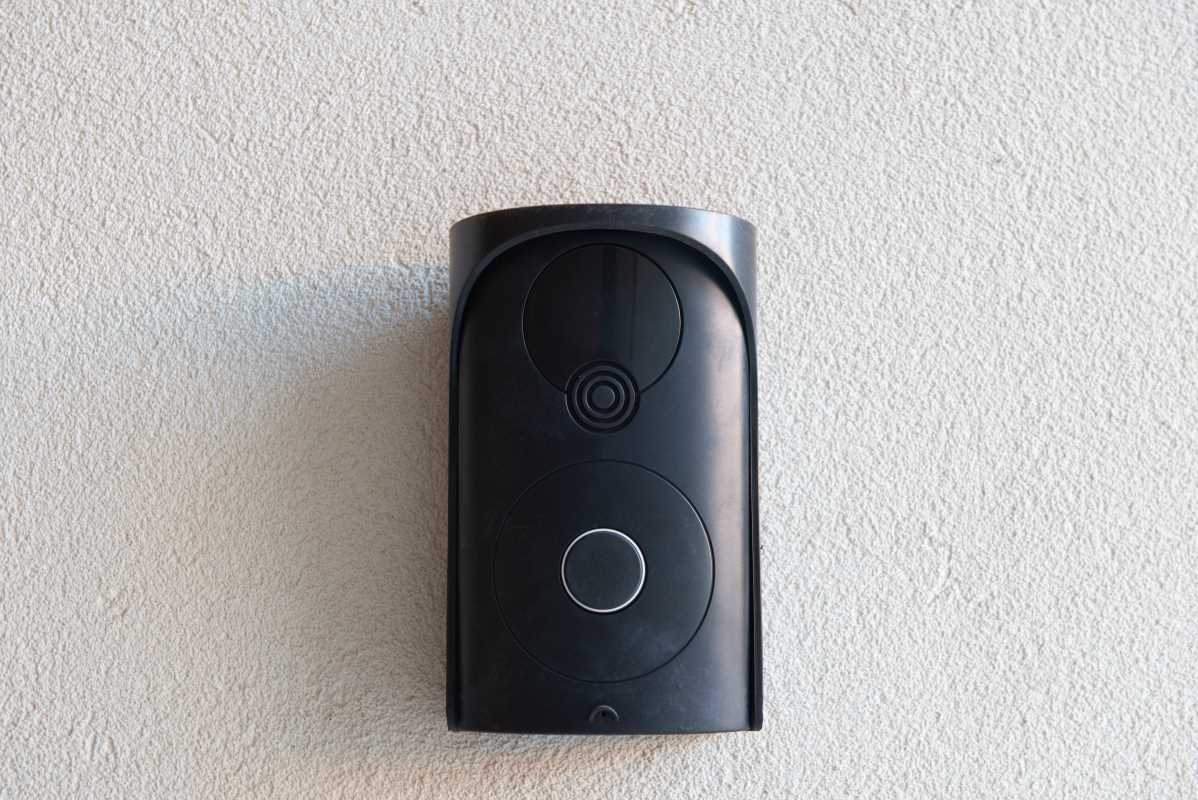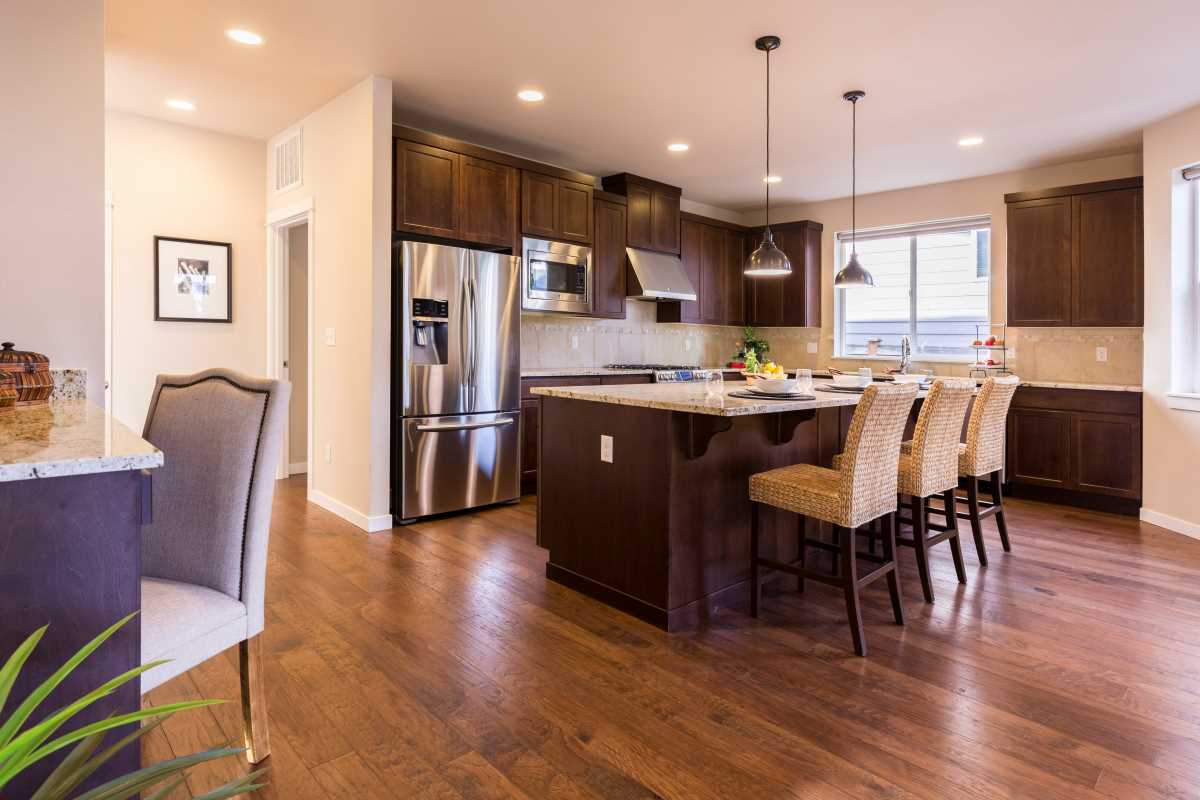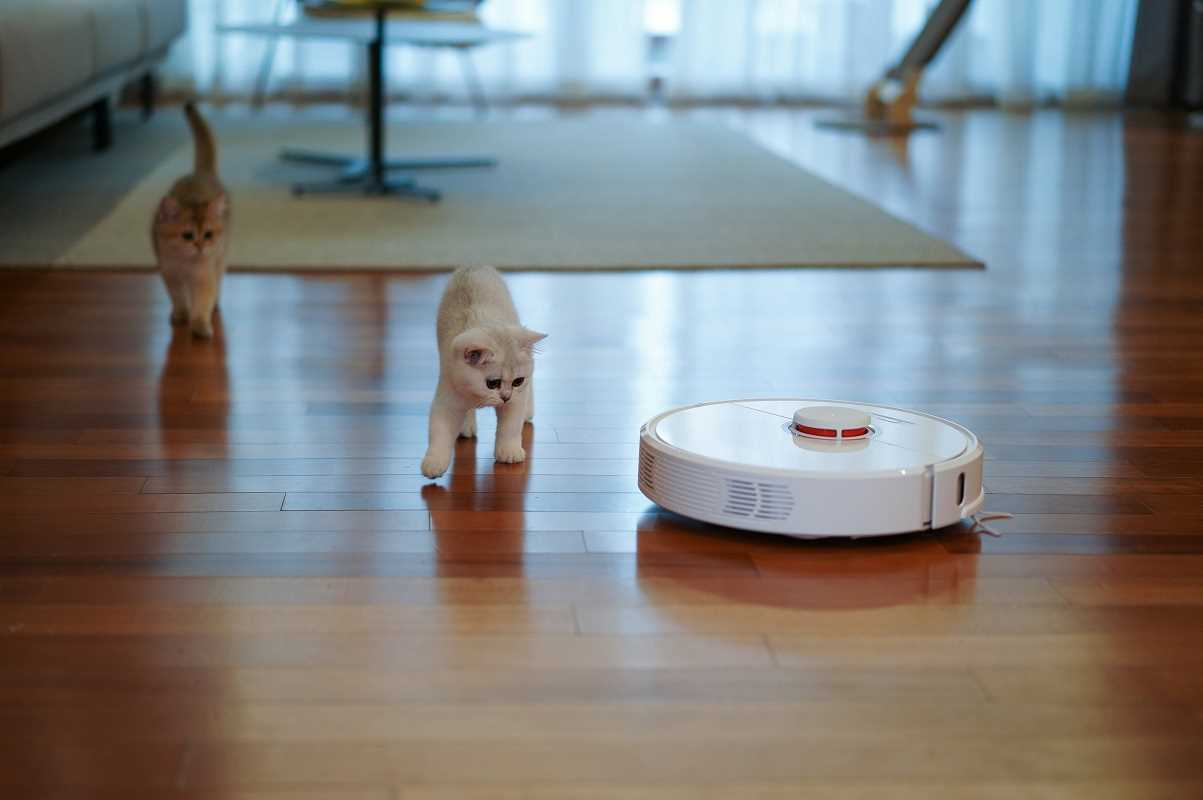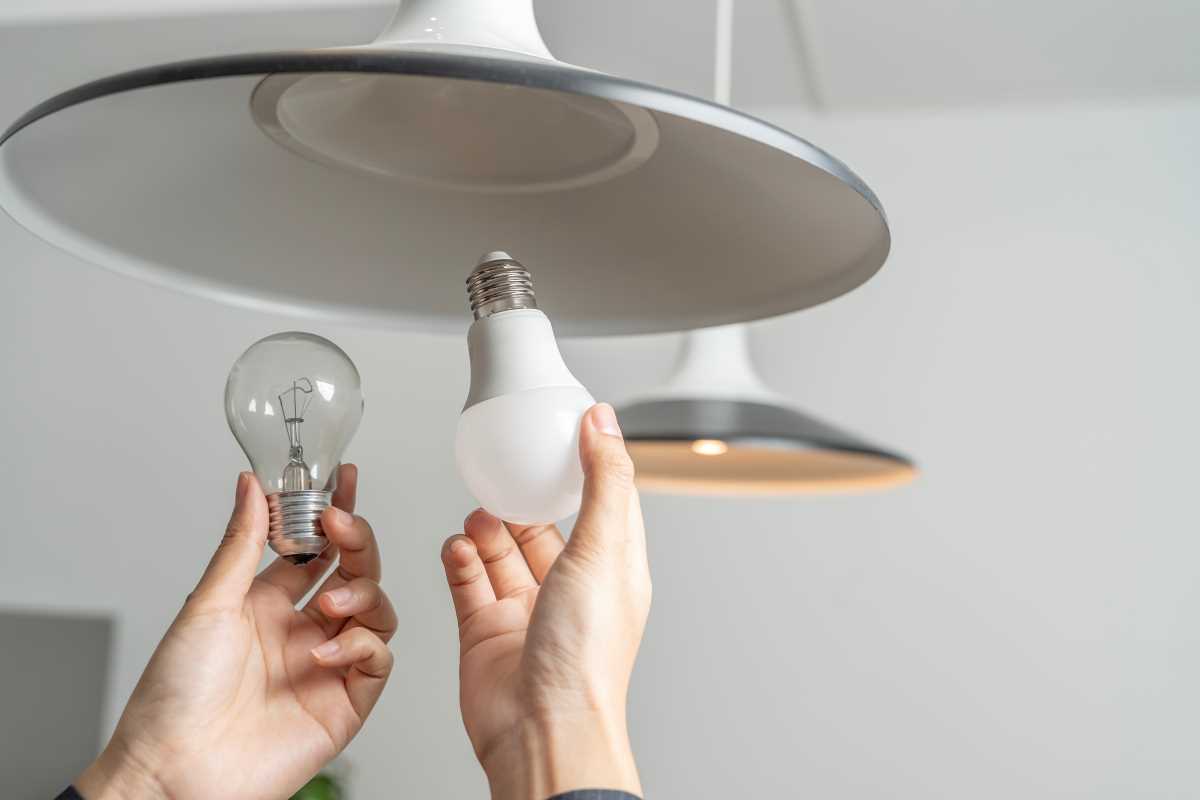Setting up a new home with sustainable products can seem daunting at first. Finding items that balance style, durability, and environmental responsibility often takes some planning. Begin by making a list of each room in your home and considering which essentials you’ll need. Pay attention to the materials used, prices, eco-certifications, and designs that appeal to you. By approaching your search with a clear sense of what you want and what matters most, you can avoid impulse buys and make thoughtful choices that suit both your taste and the planet.
This guide breaks down what to watch for and shows real examples. You’ll see side-by-side product comparisons in the kitchen, bathroom, living room, and bedroom. Follow simple checklists and numbered steps to decide which items fit your style and budget.
Factors to Consider When Choosing Eco-Friendly Materials
Every product falls into five main categories. Keep these in mind as you shop:
- Materials: Look for bamboo, recycled glass, or FSC-certified wood.
- Certifications: Check for Energy Star, Green Seal, or USDA Organic labels.
- Cost: Compare similar products to spot fair prices—sometimes paying more upfront saves money later.
- Durability: Read reviews on lifespan and warranty details.
- Aesthetics: Pick finishes and colors that match your décor style.
Let these factors guide each purchase. When you choose bamboo cutting boards in the kitchen, check their hardness rating. If a rug in the living room has an OEKO-TEX label, you know it’s free of harmful chemicals.
Write down features side by side in a notebook or spreadsheet. You’ll see value differences faster than scrolling endlessly online.
Comparison of Kitchen Essentials
You need utensils, storage, and cookware that reduce waste without costing a fortune. Here’s a quick look at three popular options:
- Bamboo Utensil Set: Durable and heat-resistant. Costs about $25. Pros: renewable, dishwasher-safe. Cons: may warp if soaked too long.
- Recycled Glass Food Storage: Clear, stackable jars. Price: $40 for six. Pros: no BPA, airtight lids. Cons: heavier than plastic, risk of chips.
- Ceramic Nonstick Pan: Uses plant-based coating. Price: $60. Pros: low oil cooking, scratch-resistant. Cons: avoid metal utensils.
Check material lists on labels. If a pan says “PFOA-free,” confirm what replaces it. Ask if the glass jars use silicone seals instead of PVC. That extra 10 dollars may last for years.
Note the warranty periods. A ceramic pan with a two-year guarantee outperforms a cheaper one that breaks after six months.
Bathroom Essentials and Cleaning Products
Choose soaps, towels, and tools that cut down on single-use plastic and toxic chemicals. Bamboo toothbrushes, organic cotton towels, and refill stations help reduce waste. Pay attention to thread count; a 500-count cotton towel absorbs better and lasts longer.
Switching cleaning supplies improves health and freshness. Find refill packs in bulk to lower plastic use. Most stores now carry biodegradable sponges and glass spray bottles.
When you compare shampoos or cleaning sprays, read ingredient lists. If a label lists “decyl glucoside,” that’s a plant-based surfactant, not petroleum. Cross off any item with disguised sulfates or parabens.
Set a budget for each type of supply to speed up decision-making. That way, you won’t overspend on fancy fragrances that you barely notice in a steamy bathroom.
Living Room and Bedroom Choices
Comfort and style come together in seating, rugs, and bedding. Choose furniture made from reclaimed wood or metal frames that last decades. Many stores let you see scratch tests and color swatches in person or online.
Focus on two key items in each space:
- Rug: Pick jute, sisal, or low-VOC wool. These natural fibers handle foot traffic and resist stains.
- Bedding: Choose organic cotton sheets with a GOTS certification. A higher thread count means softer texture, but 300 can feel just as plush as 600 if it’s pure organic cotton.
Try a small sample swatch first. If the texture feels rough, skip it. You want pieces that invite you to relax.
In the living room, test sofa cushions by sitting for a few minutes. Foam density tells you if it will flatten too soon. Get a fabric guide so you understand how to clean it without harsh chemicals.
Options for Different Budgets
Your wallet and your values both matter. Some eco-friendly items cost more at checkout but lower energy bills or waste later on. Others save you money right away.
- Budget-Friendly: Reclaimed wood frames, refillable glass bottles, and off-season sales for organic linens.
- Premium: Solid bamboo flooring, high-efficiency heat-pump dryers, and stainless steel step trash cans.
Align your spending with your priorities. If you cook every day, invest in that high-quality ceramic pan. If you rarely use the clothes dryer, skip the top-tier model and buy simple drying racks instead.
Track how much water, power, or detergent you save over three months. That data will show if your spending pays off.
Compare actual products side by side to create a home that feels welcoming and respects the environment. Choose materials you’ll still love in five years and make decisions that suit your routine.
Use these tips to complete your shopping confidently. Enjoy every eco-smart upgrade in your new home!
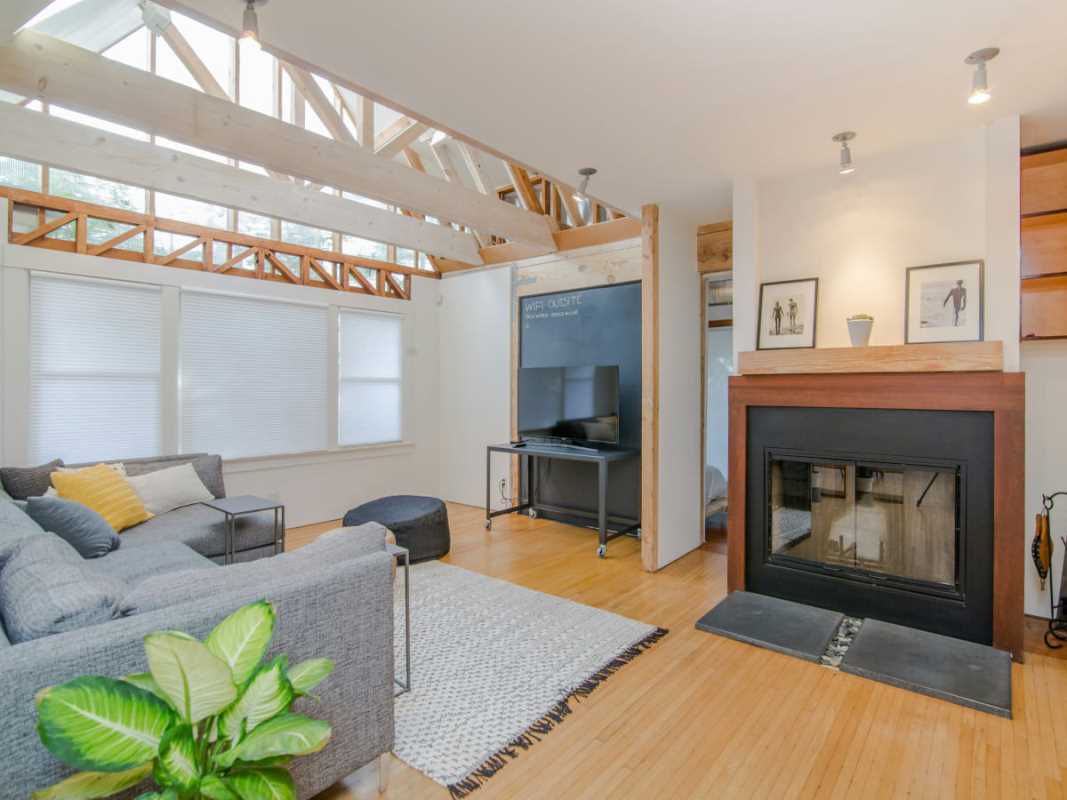 (Image via
(Image via